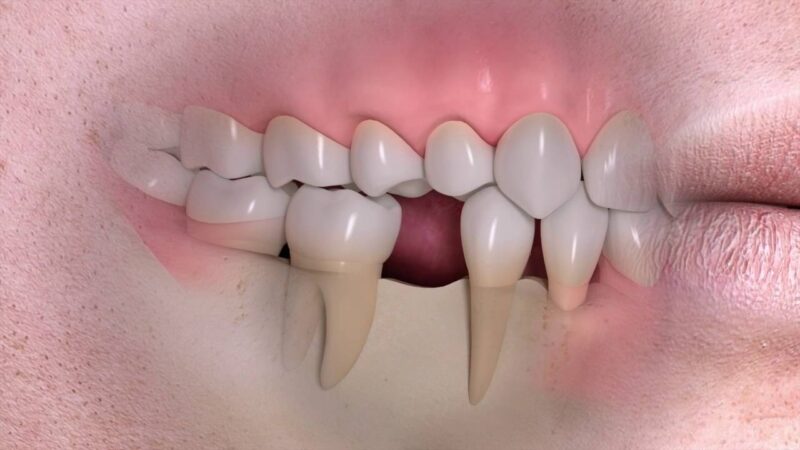Most people think losing a tooth is only about the gap it leaves behind. You might be surprised to learn that what happens beneath the gum line is far more serious. When a tooth is gone, your jawbone begins to deteriorate and if you don’t act quickly, it can permanently change your facial structure, health, and treatment options.
This article breaks down what really happens to your jawbone after tooth loss, why time matters, and what you can do to stop or reverse the damage.
Key Highlights
- Tooth loss causes jawbone to shrink due to lack of stimulation.
- Up to 30% of bone width can disappear in the first 6 months.
- Bone loss changes facial structure and affects nearby teeth.
- Dental implants are the only reliable method to preserve jawbone health.
- Dentures and bridges do not stop bone loss — and may worsen it.
- Early intervention makes future dental treatment more successful.
Why Does the Jawbone Shrink After Tooth Loss?
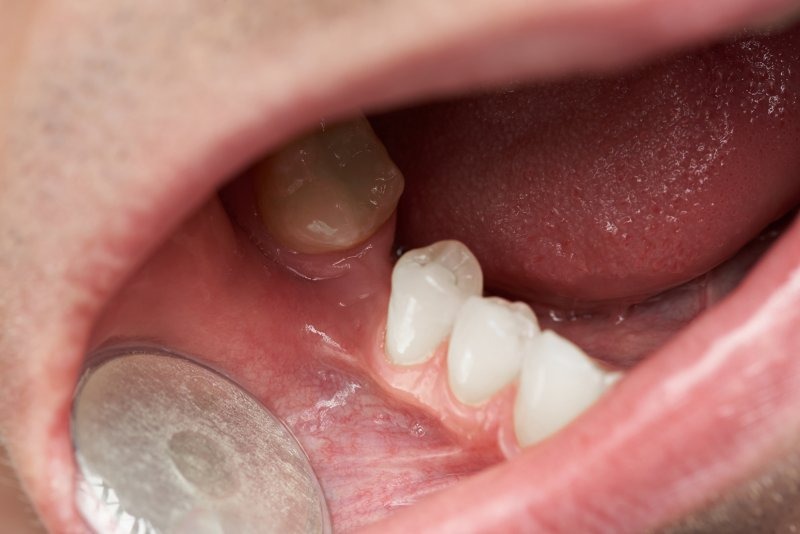
When you chew, your tooth roots press into the jawbone, sending signals that keep it strong and dense. Lose a tooth, and that mechanical stimulation disappears — so your body starts breaking down the bone through a process called resorption.
Without a root to stimulate it, your body essentially sees that part of your jawbone as “no longer needed.” The result? Bone shrinkage.
This doesn’t just affect the area where the tooth was lost. Neighboring teeth can shift, and bone loss may spread across the jaw.
How Fast Does Bone Loss Progress?
Bone resorption begins almost immediately after tooth extraction. The first six months are critical. You can lose as much as 25–30% of bone width in that time alone.
Several factors affect the rate of loss:
- Age and hormonal changes
- Whether the extraction was surgical or simple
- Smoking or chronic inflammation
- Diabetes or autoimmune conditions
- Poor oral hygiene and gum disease
If you’re located in the UK and considering tooth replacement soon after extraction, clinics offering Dental Implants in Newcastle provide early implant placement options that help prevent rapid bone shrinkage. Acting within that first 3–6 month window can make a significant difference in preserving your bone and avoiding additional surgeries later.
Bone Loss Over Time (Estimated)
| Time Since Tooth Loss | Amount of Bone Lost | Visible Effects |
| 1-6 months | 25-30% width loss | Gums begin to sink inward |
| 1-2 years | Significant vertical loss | Cheek sagging and lip collapse begin |
| 5+ years | Up to 50% or more | Facial deformation and bite issues |
What Happens If You Ignore Bone Loss?
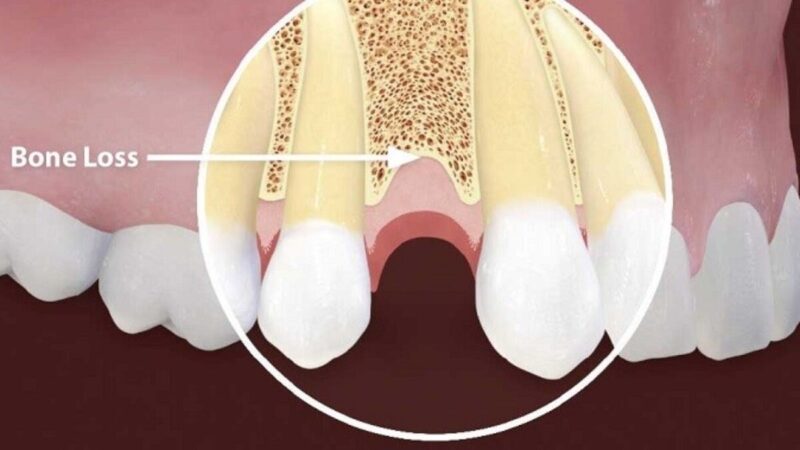
Letting the bone deteriorate might not hurt at first — but the consequences stack up over time.
Here’s what can happen:
- Shifting teeth – Nearby teeth tilt or migrate, destabilizing your bite.
- Facial collapse – Cheeks sink, lips thin out, and your lower face shortens.
- Speech and chewing problems – Harder to pronounce certain words or chew solid food.
- Denture instability – Loose-fitting dentures due to lack of bone foundation.
- Future implants become harder or impossible – Not enough bone = no anchor.
Subnote: Once bone is gone, it won’t come back naturally. You’ll likely need a bone graft to rebuild what was lost.
Can Bone Loss Be Prevented?
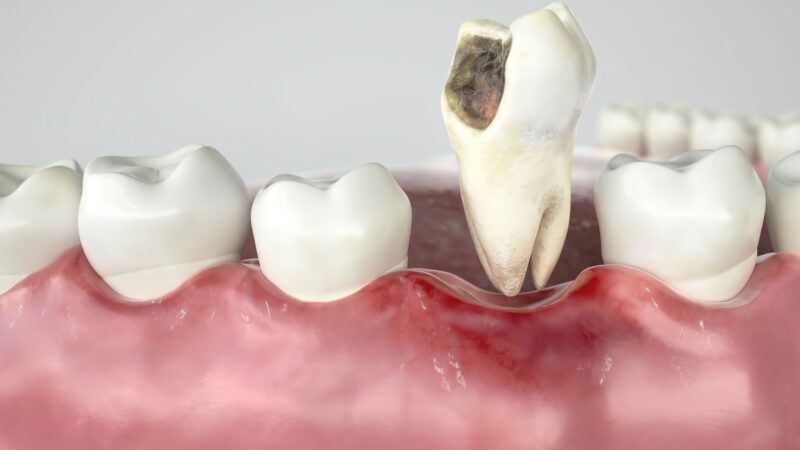
Yes – if you act fast.
Bone loss isn’t inevitable. If you plan for tooth replacement early, you can preserve your bone structure and avoid complex surgeries later.
Key Prevention Steps
- Socket Preservation
Ask your dentist if a bone graft can be placed at the time of extraction to preserve volume. - Dental Implants (placed early)
Ideally within 3-6 months after tooth loss to keep bone active and healthy. - Avoid Delays
Waiting more than a year often requires bone grafting before implants are even an option. - Treat gum disease
Periodontal infections can accelerate bone loss across your mouth.
Best Long-Term Solutions to Stop Jawbone Shrinkage
When it comes to keeping your jaw strong after tooth loss, not all options are equal. Let’s break them down:
1. Dental Implants
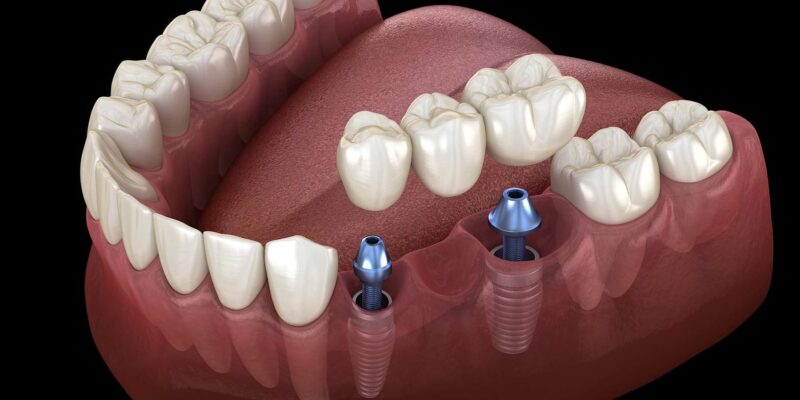
Dental implants are widely considered the gold standard. They mimic your natural tooth root and stimulate bone just like the real thing.
Benefits:
- Halts further bone loss
- Supports chewing and speaking normally
- Looks and feels like a natural tooth
- Can last decades with proper care
Note: Implants require healthy bone to be placed — that’s why early intervention is critical.
2. Bone Grafting

Bone already lost? Grafting offers a second chance.
This surgical procedure uses synthetic, bovine, or donor bone to rebuild your jaw and prepare it for future implant placement.
- Done at the time of extraction or later
- Healing can take several months
- Often necessary for patients who waited too long after tooth loss
3. All-on-4 Implants
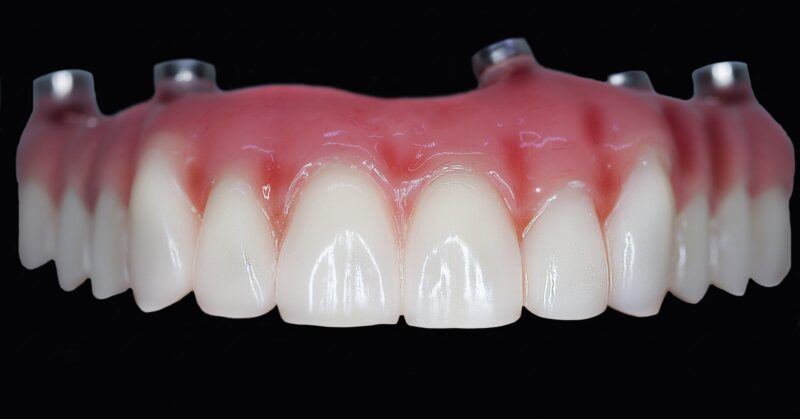
For those missing most or all teeth in one arch, All-on-4 provides a full set of teeth anchored by just four strategically placed implants.
- Stronger than traditional dentures
- Prevents jawbone shrinkage across the entire arch
- Cost-effective alternative to multiple implants
4. Traditional Bridges and Dentures
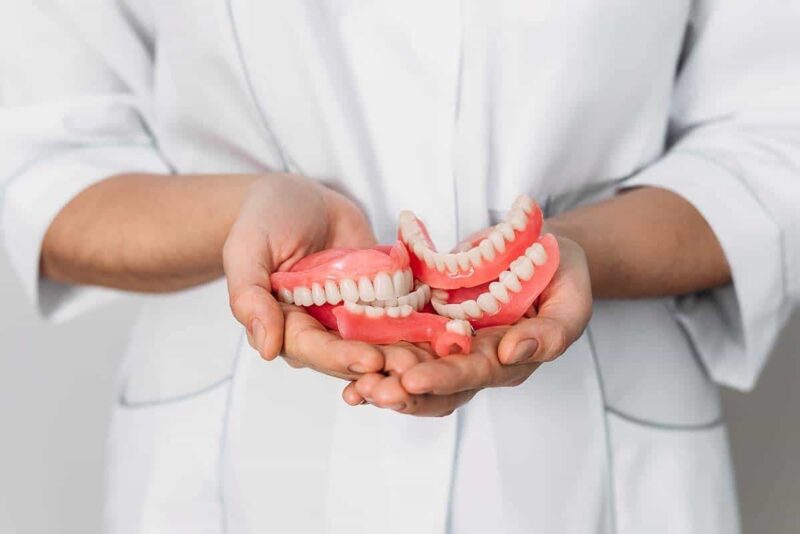
These options restore appearance and chewing — but they don’t stop bone loss. Dentures can actually increase pressure on the gum ridge, accelerating bone shrinkage.
Why?
They sit on top of the gums rather than integrating with the bone.
| Treatment Option | Prevents Bone Loss? | Requires Surgery? | Longevity |
| Dental Implant | Yes | Yes | 20+ years |
| Bone Graft | Sometimes | Yes | Variable |
| All-on-4 | Yes | Yes | 10-20 years |
| Denture / Bridge | No | No | 5-10 years |
How Do You Know If You’re Already Losing Bone?
Bone loss is silent — no pain, no bleeding, and often no warning until your face begins to change shape.
Common Signs:
- Dentures no longer fit properly
- Your chin looks more pronounced than before
- You’ve noticed sunken cheeks or thinning lips
- Difficulty chewing or biting food
- Speech starts to sound slightly off
Your dentist can confirm bone loss with:
- X-rays or panoramic imaging
- 3D CBCT scans for volume and density assessment
- Manual gum ridge evaluation for prosthetic fitting
Tip: Ask your dentist for a bone assessment if you’ve lost a tooth more than 6 months ago and haven’t replaced it.
When to Take Action (and What to Ask Your Dentist)

If you’ve recently had a tooth extracted — or plan to — your best move is to think ahead. Don’t wait until the socket has already collapsed or neighboring teeth have shifted.
Ask your dentist:
- Can I have a bone graft during or after extraction?
- How long can I wait before placing an implant?
- Do I have enough bone for implants, or do I need grafting first?
- What are the risks if I choose not to replace the missing tooth?
Many dental offices offer free implant consultations that include imaging and treatment planning.
Take Tooth Loss Seriously
Tooth loss is about more than what you can see in the mirror. Your jawbone — the foundation of your face — begins to weaken and shrink without stimulation from natural roots or implants. Over time, this doesn’t just affect your smile. It affects how you eat, speak, look, and feel.
The earlier you act, the more options you’ll have. From socket preservation to implants or grafts, there’s a path forward for everyone. The key is not to wait.
Frequently Asked Questions (FAQ)
Is bone loss guaranteed after tooth extraction?
Not necessarily. If treated promptly with socket preservation or implants, bone can remain stable for years.
Can dentures or bridges stop bone loss?
No. They restore function but do not stimulate the jawbone like implants do.
How soon should I replace a lost tooth to prevent bone loss?
Ideally within 3-6 months. After that, resorption accelerates, and grafting may be needed.
Does bone ever grow back naturally?
Unfortunately, no. Once lost, bone must be rebuilt with surgical grafting or guided regeneration.
Is it ever too late for implants?
It depends on how much bone remains. In many cases, bone grafting makes implant placement possible even years later.

